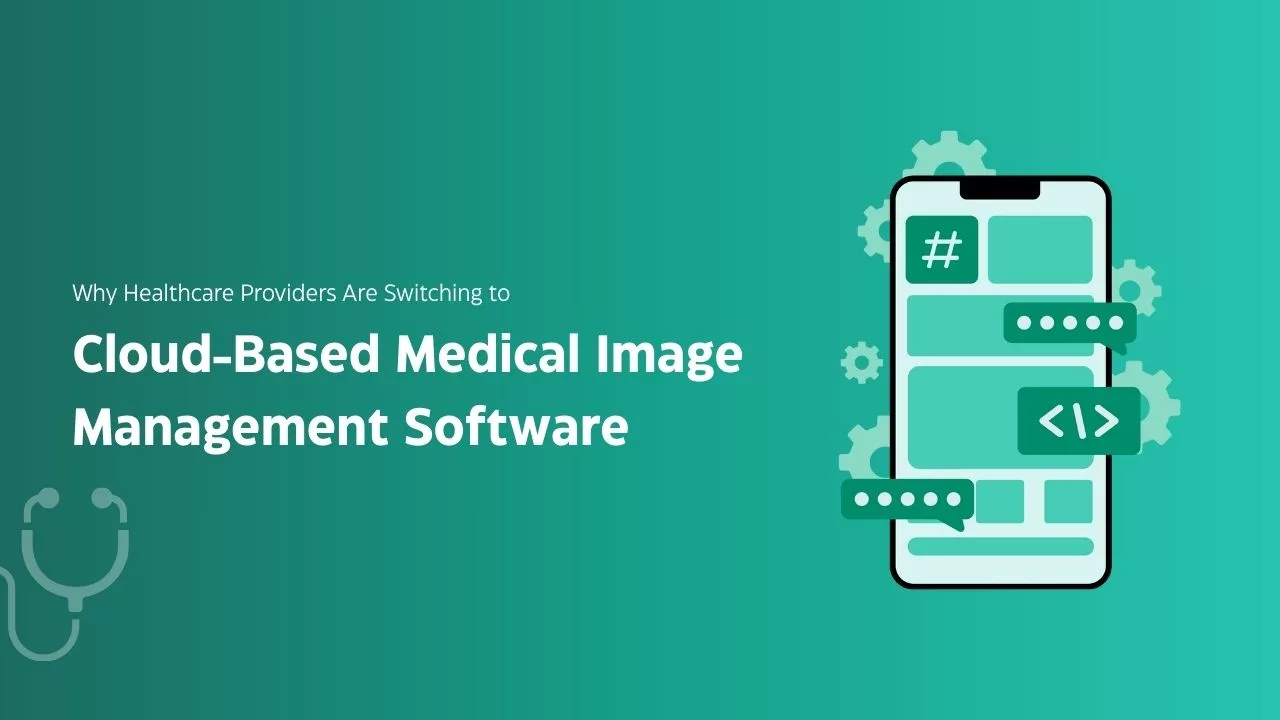I recently read quite an interesting book called “Hacked Again.” Scott Schober, the book’s author and a previous victim of cyberattacks, gives his thoughts on the implication of the new remote working normal. Whereas working in pajamas and making the kitchen table the new office desk looks like an interesting thing, Schober has a bad feeling about it. “Oh no, cybercriminals are gonna have a field day,” Schober replies when asked about the cybersecurity implications of the remote working environment. I agree with Schober that the remote working landscape has provided ground for increased cyber-attacks.
Remote Working and Cyber Attacks
Most people think that remote working is a fairly new thing. Well, the fact that it is a new norm does not mean it is a new thing. Remote working in Covid had been for some time. And remote working security threats have existed for the period remote working has existed. A good example of a data breach caused by remote working vulnerability is the 2014 JPMorgan Chase breach attack. Although the bank declined to give adequate details on the attack, A source familiar with the investigations revealed that attackers used a spear-phishing attack on a remote user. The breach compromised close to 76 million user accounts.
Ransomware and data breaches targeting remote workers have roared into the headlines. A simple logic behind this scenario is that; while working from home, remote workers are no longer behind the castle walls of security offered by corporate networks. But remote workers do not need the safe perimeter of corporate networks to remain secure. Here are some proven tips remote workers can use to secure their working environment from cybersecurity vulnerabilities.
Also Read: Autonomous Cybersecurity: Detailed Overview
Cybersecurity Tips for Remote Workers in 2022-2023
1. Maintain Password Purity
Remote workers need computers (work devices), reliable WiFi connectivity, access to work accounts, and corporate intranets. All these aspects must be protected from unauthorized access. According to an IDG survey, one of the top concerns for remote workers is secure access to data and resources (accounting for 47% of concerns). Remote workers need simple and flawless access without compromising the security of their networks.
Tightening remote working security requires the central deployment and management of employee access. A single sign-on and a centralized oversight of password hygiene would bolster the security of all virtual entry points. But despite the importance of passwords in cybersecurity, most remote workers still do not maintain utmost password security. Here are some tips for maintaining password purity:
- Use different passwords for every remote working account
- Maintain the password length to eight characters and above
- Combine numbers, letters, and symbols when creating passwords
- Do not use so obvious passwords. (Such as your pet name or favorite soccer team)
- Leverage password manager tools
- Never reveal your passwords to anyone (Whether your family or friends)
- Maintain safe password storage. (Avoid having your browsers store the passwords or writing them down on pieces of paper)
Here are some stats that show you how dangerous weak passwords could be for remote workers:
- 80% of hacks are caused by stolen login credentials (Source).
- Although 91% of people understand the dangers of reusing passwords across multiple accounts, 59% still do it anyway (Source).
Because passwords can be compromised easily, I highly recommend using two-factor authentication. So even when attackers bypass your remote working accounts’ passwords, they will still not access your accounts since they lack the second authentication factor.
2. Understand the Importance of SSL Certificate
Incidents where attackers make their way to a company’s databases by leveraging third-party’s communication channels vulnerabilities are so common these days. Such incidents are the reasons why data encryption should be taken seriously. An excellent way to keep your remote working data safe is using an SSL certificate for encryption. SSL certificates safeguard all communications between remote workers and other corporate departments or colleagues. With the SSL certificate installed, it will be pointless for hackers to try and access remote accounts. All they will meet is data in the form of undecipherable gibberish. Only intended data recipients and rightful communication parties can access, read and understand the communication.
As a best practice for remote working security, you must buy an SSL certificate. The SSL market contains some of the best different certificates you can use on remote working portals for example, Single domain certificates like comodo positive SSL certificate, wildcard SSL certificates like GoDaddy wildcard certificate, Sectigo PositiveSSL wildcard SSL, and multi-domain certificates can come in handy for different purposes.
3. Use A VPN (Virtual Private Network)
VPNs allow remote workers to connect to other networks over the internet by encrypting the connection, thereby bolstering internet security and boosting privacy. VPNs work by creating a virtual private tunnel between remote users and business networks, whether or not the user is connected to a public location. The virtual private networks will then encrypt all traffic and make it unintelligible to people or hackers around the network. Therefore, the virtual private network will make it hard for unauthorized parties to access the traffic and data.
As a best remote working security practice, you must establish a VPN connection for all remote workers. And doing so is relatively easy. All you need to do is to select a VPN provider, buy the VPN, and install and configure the gateway in your office. All remote employees will connect to the internet and initiate a virtual private network connection using a locally available web browser or client software. Upon installing and configuring the VPN, employees can safely access internal company data and resources without fearing a security breach. With a virtual private network, employees in your business can go ahead with their usual business, regardless of where they are operating from.
Also Read: The Role of IoT in Industrial Automation
4. Conduct Regular Data Backups
Remote working is more vulnerable to data security breaches. Even with the most expensive and robust security measures to safeguard your remote work, you may still get hacked. Then you need to hire a cybersecurity services provider. With cybersecurity, it is not a question of if but when hackers will come. So, you must be prepared for anything. In fact, never put too much trust in the security measures you have put in place. Instead, it would be wise to remain skeptical and understand that a breach can occur at any time. So it becomes easy to answer the question: What if (despite the remote working security measures you have taken) a security breach occurs? The IBM 2022 cost of data breach report was released a few days ago and shows that the average cost of a data breach now stands at USD 4.35 million in 2022.
One of the best ways to avoid the high cost of a data breach is to have a data backup plan. You must frequently backup your remote working data so that even if remote working data is compromised, you still have somewhere to start from. Frequent and automatic data backups happening weekly or fortnightly should be the right way to go.
5. Install Antivirus Software
Hackers use malware to target remote workers. Malware infections such as viruses, trojans, and ransomware target remote workers. Such attacks come with devastating damages. They could damage the reputation of the remote worker, cause severe financial losses or lead to business closures. Antivirus software is one of the best ways of dealing with malware infiltrations. The software will scan all traffic on remote working networks and stop malware infections from penetrating the network. You must also ensure frequent updates to the antivirus software to keep it up to date and well equipped to address security concerns in the remote working environment.
6. Update Software Regularly
All software and operating systems running the remote works must be updated on a frequent basis. The reason is that hackers usually find their way through the software and device methods to penetrate the operating systems. In response to this, software developers will always release frequent versions that address the security vulnerabilities in the old software versions. Failing to update the software is like choosing to stay with the security loopholes. As a best practice, always ensure that all remote work is done on up-to-date software and operating systems.
Final Words
Remote working will not go anywhere anytime soon, and neither will hackers targeting remote workers. Hackers now see remote workers as the easiest and quickest link to security attacks. The six measures explained above will help remote workers stay safe from such threats.










Leave a Reply